1986 Heineken Europa Cup
Rock S.C., England
Since its instigation in 1983 the Europa Cup for International Canoes has not had an officially designated challenge trophy but the intervention of Heineken as sponsors of the event, held this year at Rock in North Cornwall from July 27th -August 1st, and that company's gift of a magnificent 19thC Dutch drinking glass as a perpetual prize, has finally set the event on a firm basis for regular competition.
Thirty eight International Canoes including strong entries from West Germany and Sweden took part in a week of racing with the wind only dropping below Force 4 on one occasion.
The Swedish team, who were blasted out of the last world championships by the Americans and British, were back on top form taking the first four places overall in the main event, and a complete turn around in form saw the previously dominant Hayling Island SC International Canoes outperformed frequently by other top British competitors.
Among the Swedes, three showed outstanding speed and boat handling skills: predictably two of these were Tollquist and Bergquist, number one and two in the International rankings until the last worlds: the other was Carlsson who has arrived in top flight competition during the last two seasons.
Among the British, Graham Mackereth and Murray Cork were most frequently to be seen at the front of the fleet, and exceptional performances in individual races were achieved by Simon Allen and Roger Nelson. Sadly none of them could sustain a consistent performance over the entire series and the results overall speak of the superior training both in terms of fitness and boathandling, exhibited by the Swedes.
After four of the five races, it was Carlsson leading narrowly from Bergquist but to his misfortune, Carlsson broke his sliding seat restraint on the final beat of the fifth race while in the lead. The ensuing capsize allowed Bergquist through to take the Championship.
Of significant interest was the fact that both Bergquist and Tollquist were using a mast position that was further aft than has ever been used on an IC before. They claimed that this was a conscious move to centralise rig loading as close to the hull's centre of buoyancy as possible. Mackereth and Cork were using flatter mainsails and masts held more firmly in column than had been the recent fashion, the impressive speed they exhibited was cause for considerable discussion.
The appearance of new sailmakers in addition to the standard Batts sported by Mackereth, Cork and other top Brits caused further interest. The hi-tech Mylar/Kevlar suits from Morrison on Wither's boat looked extremely powerful, the long luff design of the Lymington Sails sported by Allen looked absolutely right and the MacNamaras and Ullmans looked the equal of any of the more standard Batts or Aitken and Wanes of old.
Ulrike_veerkamp.jpg)
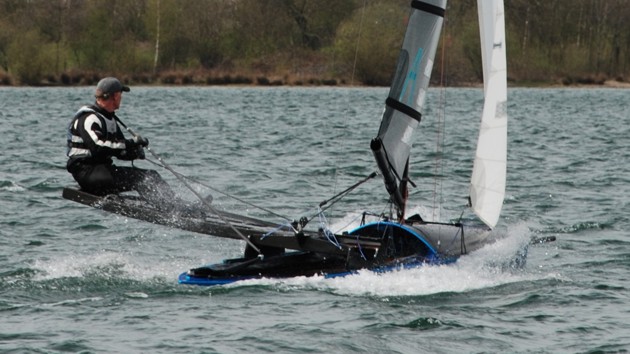
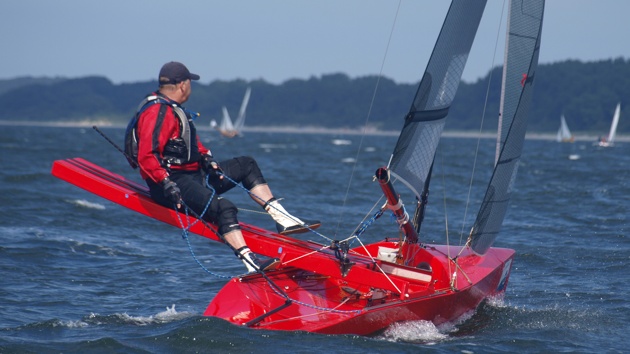

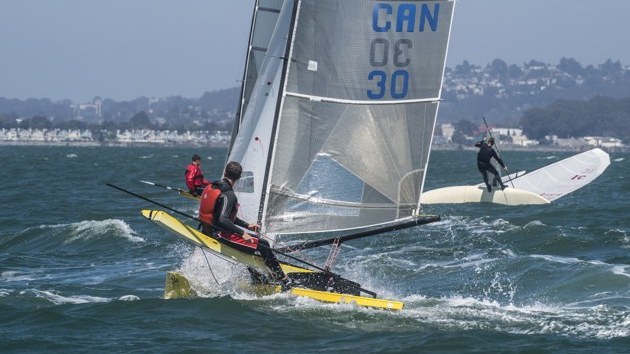



Ulrike_veerkamp.jpg)
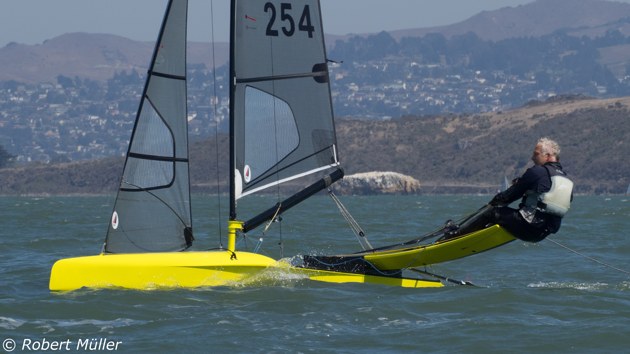

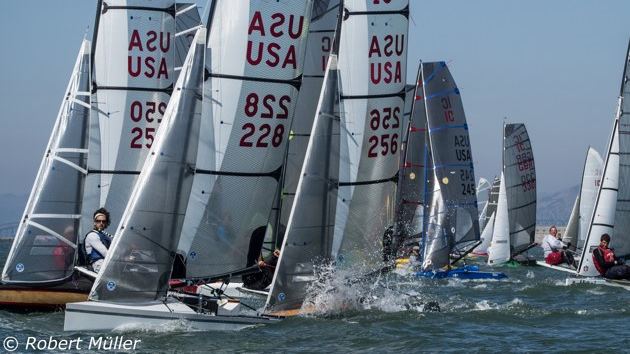
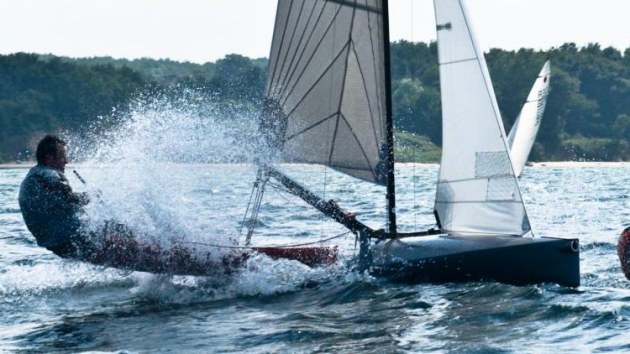
Ulrike_veerkamp.jpg)